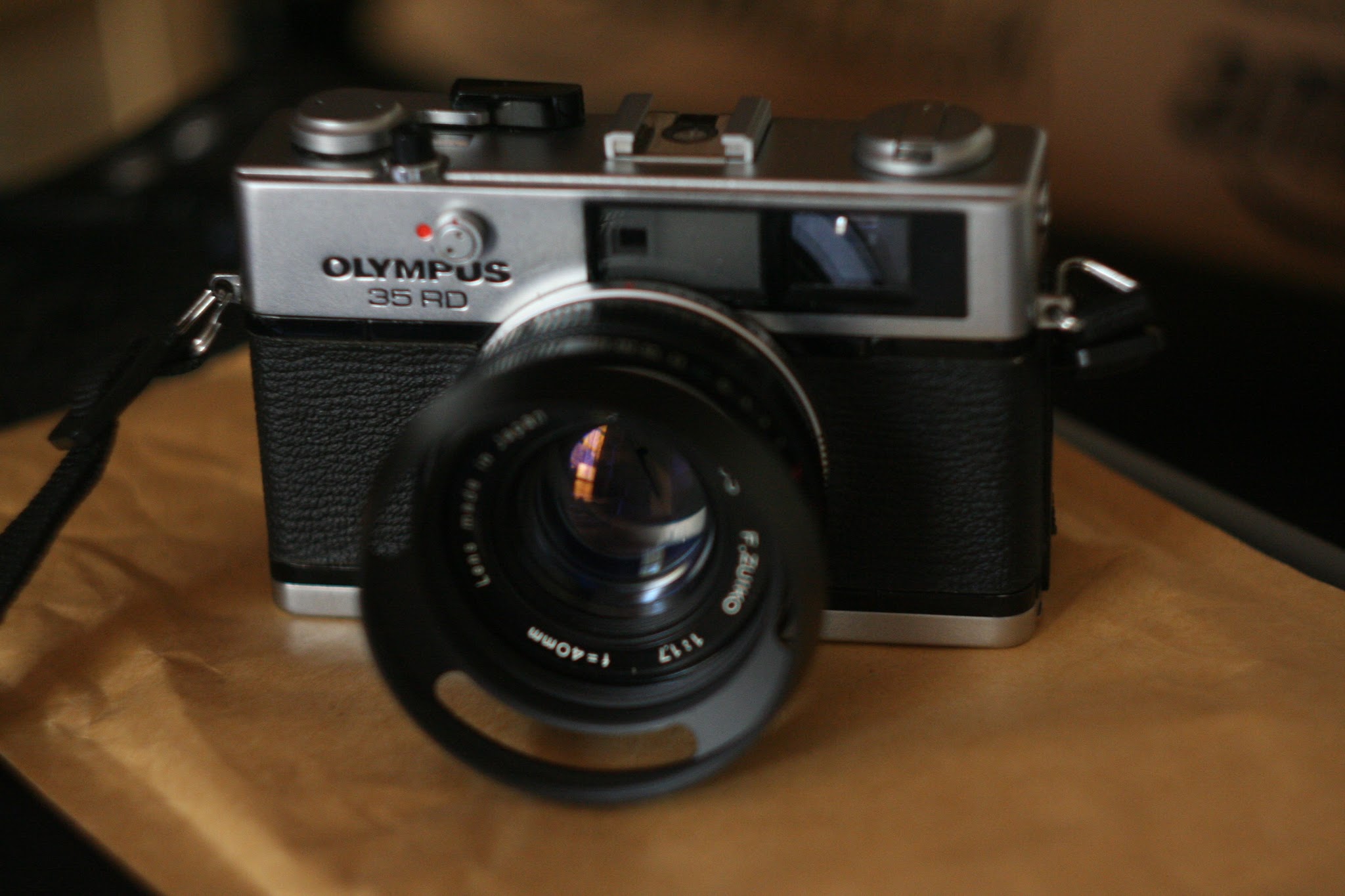winter greys
Blues? What blues? Nothing but greys here I'm afraid. Grey skies, grey concrete, grey reflections of grey skies and grey concrete.
This is sort of what our eyes do. Ever noticed that in the dark, you see in monochrome? Simplistically speaking, we have two modes of sight - colour and monochrome, which use two separate types of sensors cells respectively. There are cone cells that are sensitive to colour but work well only in good to bright light. Then there are the rods which are very sensitive to shades of grey and leap into action in dim to very low light. It's like having both colour film and B&W film loaded in the same camera and being able to switch between the two at will. Oh wait, digital cameras have that. Whatever.
An added benefit of using black and white film is the ability to develop it cheaply at home with simple tools and easily obtainable chemicals. True black and white film that is, not the C41 stuff. Yes, it is also possible to develop C41 film at home, but it isn't as easy, or economical.
I'm lazy, so I let the experts do it for me (for now).









Comments
Post a Comment